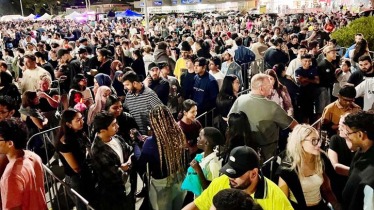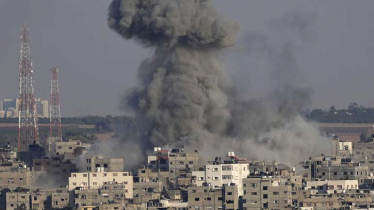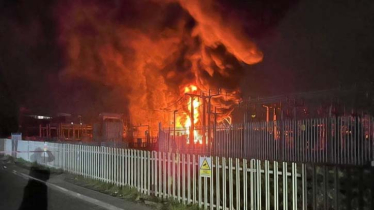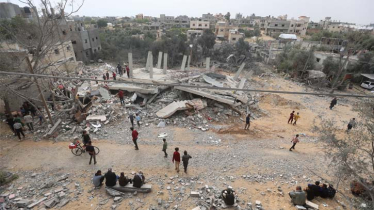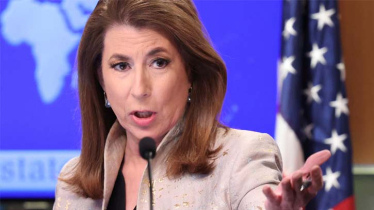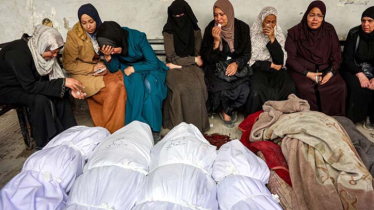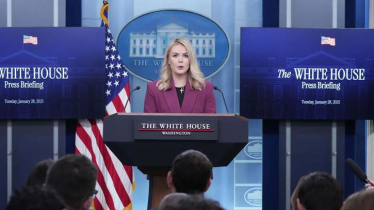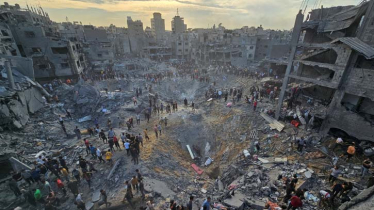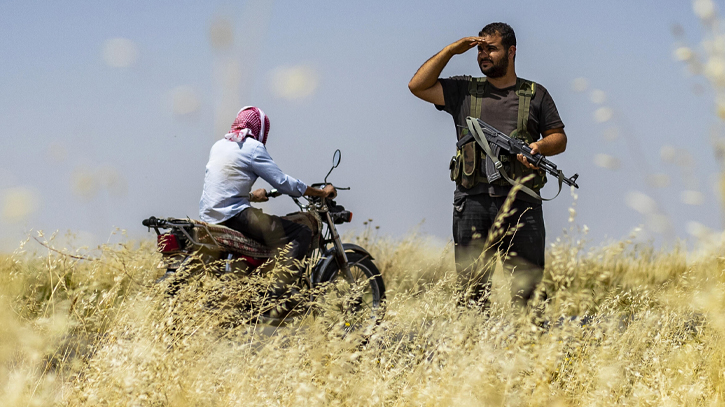
Photo: Collected
Holding a weapon in one hand and fixing her scarf with the other, Yasmine Youssef patrols one of northeast Syria's vast wheatfields, a vital source of income in the country's breadbasket.
The 42-year-old is among dozens of volunteers, some of them women, helping the semi-autonomous Kurdish-led region protect the fields near Qahtaniyah,
from fires and arsonists.
"Our mission is to serve farmers and protect their crops," Youssef said, adding that the work lasts one or two months.
"If fires break out we are notified directly and we call the fire trucks," she told AFP.
This year the farmers in northeast Syria are expecting an exceptional harvest after heavy rain followed years of drought.
But residents also fear that yearly summer wildfires could destroy their precious crops.
"Agricultural production rebounded in 2023 amid improved weather conditions" after near-historical lows the year before, according to a recent World Bank
report.
"Official statistics indicate a doubled wheat harvest for 2023, yielding two million metric tons," it said.
In June 2019, flames swept through wheatfields in the region, killing at least 10 people who were fighting the fires, according to the Syrian Observatory for Human Rights war monitor.
At first, "people didn't trust our efforts. They were saying, 'What are those women doing?'," Youssef said.
"Now everyone agrees on the need to unite to protect" the land, she said.
"The people depend entirely on this harvest... If we lose it, our conditions will deteriorate."
Messenger/Disha

